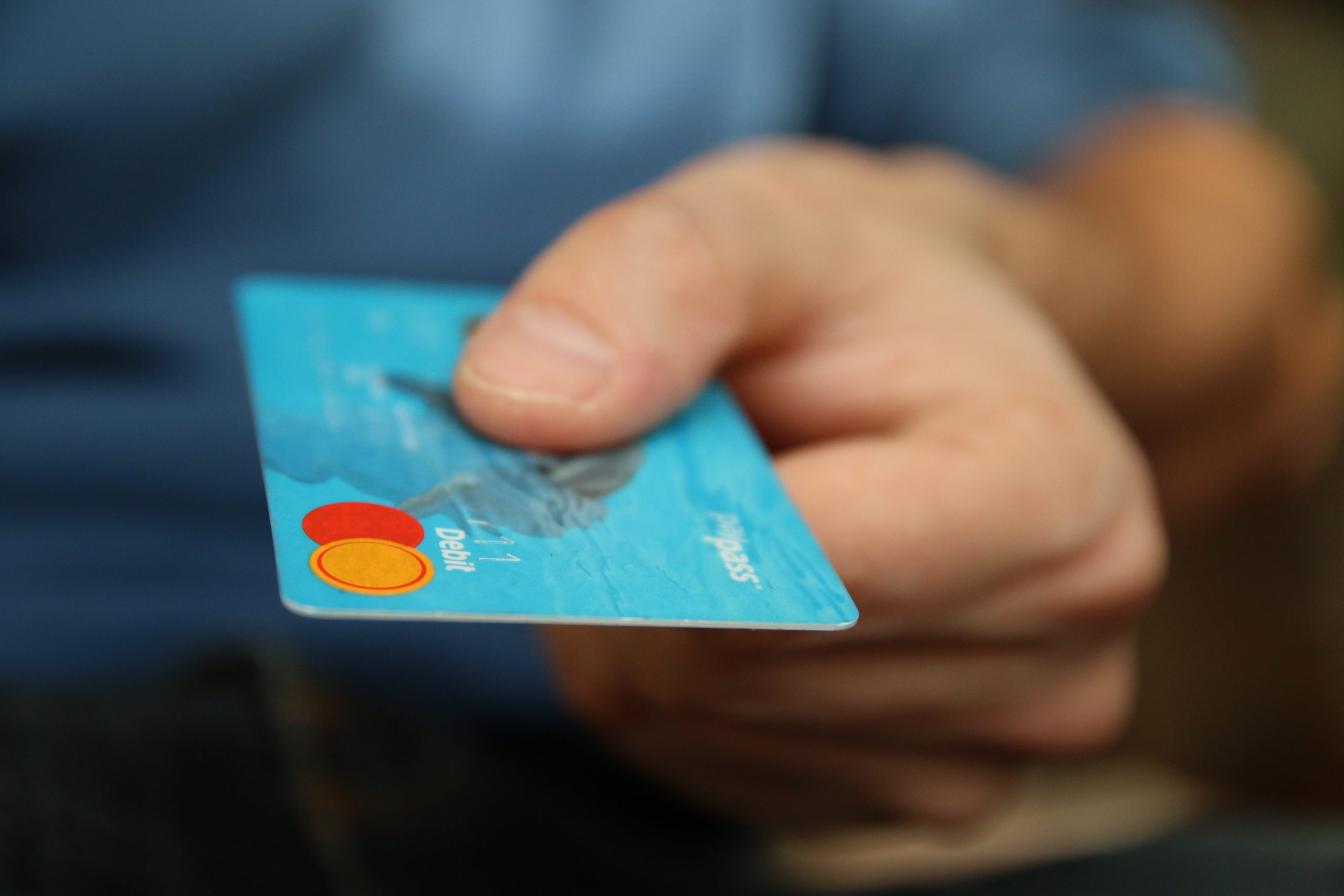
by cardandbeyond | Apr 7, 2022 | Resources - ENGLISH
KOREAN 한글 Form 1099-K, Payment Card and Third-Party Network Transactions, is an IRS information return used to report certain payment transactions to improve voluntary tax compliance. You should receive Form 1099-K by January 31st if, in the prior calendar year, you...

by cardandbeyond | Apr 7, 2022 | Resources - KOREAN
ENGLISH 영문 1099-K는 카드 결제 서비스를 이용하는 비즈니스의 카드매출을 IRS에 직접 보고하는 양식입니다. Backup Withholding 대상인 경우 세금 신고에 도움이 됩니다. Clover에서 직접 우편으로 1099-K 사본을 보내드립니다. 다른 사본을 원하거나 우편으로 발송된 사본을 받지 못한 경우 PDF 파일을 Clover Dashboard에서 직접 다운로드할 수 있습니다. Clover에서 다운로드 받는 방법 웹 브라우저에서 Clover account에...

by cardandbeyond | Feb 11, 2022 | Resources - ENGLISH
KOREAN 한글 How are you managing your delivery app? The number of stores entering delivery apps is increasing by the pandemic. Have you ever been distracted by delivery orders coming from the delivery app? ItsaCheckmate is an integrated restaurant POS & delivery app...

by cardandbeyond | Feb 11, 2022 | Resources - KOREAN
ENGLISH 영문 배달앱 관리 어떻게 운영하고 계신가요 ? 비대면 시대에 따라 배달 앱에 입점하는 가게들이 증가하고 있습니다. 여러 배달 앱에서들어오는 주문들 때문에 정신 없지 않으신가요? ItsaCheckmate는 이러한 문제를 겪고 계신 사장님들께 필요한 POS & 배달 앱 통합 솔루션입니다. ItsaCheckmate를 사용하여 Uber Eats, Grubhub, Doordash 등의 배달 앱 주문을 매장에 있는 POS에서 실시간으로 확인하실 수 있습니다. POS...

by cardandbeyond | Jan 7, 2022 | Resources - KOREAN
ENGLISH 영문 통계청이 발표한 ‘2021년 11월 온라인 쇼핑 동향’ 자료에 따르면 11월 온라인 쇼핑 총 거래액은 17조 5,077억원으로, 1년 전보다 16.5% 증가했습니다. 코로나19의 영향으로 비대면 시대가 시작되며 오프라인보다 온라인 소비를 선호하는 추세가 계속되고 있습니다. 지금이 바로 온라인 쇼핑몰을 시작할 때입니다. 어떻게 시작해야할 지 막막하시다면 Card&Beyond에서 도와드리겠습니다. 1. 도메인 등록 도메인은 고객들이 당신의 홈페이지를...

by cardandbeyond | Jan 7, 2022 | Resources - ENGLISH
KOREAN 한글 According to data released by the National Statistical Office, the total amount of online shopping transactions in November was 17.577 trillion won, up 16.5% from a year ago. As the non-face-to-face era begins due to the influence of COVID-19, the trend of...

by cardandbeyond | Nov 26, 2021 | Resources - ENGLISH
KOREAN 한글 Q: What is PCI-DSS? A: The Payment Card Industry Data Security Standard (PCI-DSS) is a worldwide information security standard mandated by the Payment Card Industry Security Standards Council. The Standard was created to help organizations that process card...

by cardandbeyond | Nov 26, 2021 | Resources - KOREAN
ENGLISH 영문 Q: PCI-DSS 신용카드 데이터 보안 인증제도란 무엇입니까? A: 신용카드 데이터 보안인증 제도는 범세계적으로 크레딧 카드를 취급하는 업소를 보호하기 위하여 만들어진 정보 보안 안전 규정입니다. 이 규정은 카드 사용시 발생할 수 있는 각종 부정행위와 불법적으로 발생할 수 있는 사기행각을 방지하기 위한 극비의 정보 유출을 막는 안전 제도입니다. 업소나 회사를 운영하시는 분, Merchant Account 신청자로서 책임을 다하는 분은 고객과 더불어 업소와...

by cardandbeyond | Oct 20, 2021 | Resources - KOREAN
ENGLISH 영문 당신은 자신의 일에 신경 쓰며 다음 손님을 위해 계산하려고 할 때, 그 일이 발생합니다. 일반적으로 신용 카드 단말기는 거래가 예상대로 진행되지 않았을 때 이상한 번호와 메시지를 보여줍니다. 당신은 방금 신용 카드 거절 코드를 받았습니다. 그것은 무엇을 의미하며 어떻게 대처할 수 있습니까? 신용 카드 거절 코드란 무엇입니까? 신용 카드 거절 코드는 거래가 불가능할 때 신용 카드 처리자로부터 판매자에게 전송됩니다. 각 숫자 코드는 카드가 분실 또는 도난...

by cardandbeyond | Oct 20, 2021 | Resources - ENGLISH
KOREAN 한글 You’re minding your own business, ringing up another sale for your next customer, and then it happens–your normally boring credit card terminal spits out a strange number and message indicating that the transaction did not go through as expected. You’ve just...











